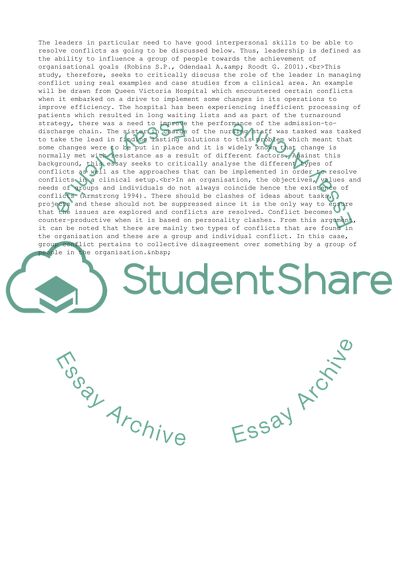Cite this document
(Effective Communication in Terms of a Conflict Research Paper, n.d.)
Effective Communication in Terms of a Conflict Research Paper. Retrieved from https://studentshare.org/management/1746331-critically-discuss-the-role-of-leader-in-managing-conflict-using-real-examples-and-case-studies
Effective Communication in Terms of a Conflict Research Paper. Retrieved from https://studentshare.org/management/1746331-critically-discuss-the-role-of-leader-in-managing-conflict-using-real-examples-and-case-studies
(Effective Communication in Terms of a Conflict Research Paper)
Effective Communication in Terms of a Conflict Research Paper. https://studentshare.org/management/1746331-critically-discuss-the-role-of-leader-in-managing-conflict-using-real-examples-and-case-studies.
Effective Communication in Terms of a Conflict Research Paper. https://studentshare.org/management/1746331-critically-discuss-the-role-of-leader-in-managing-conflict-using-real-examples-and-case-studies.
“Effective Communication in Terms of a Conflict Research Paper”, n.d. https://studentshare.org/management/1746331-critically-discuss-the-role-of-leader-in-managing-conflict-using-real-examples-and-case-studies.


